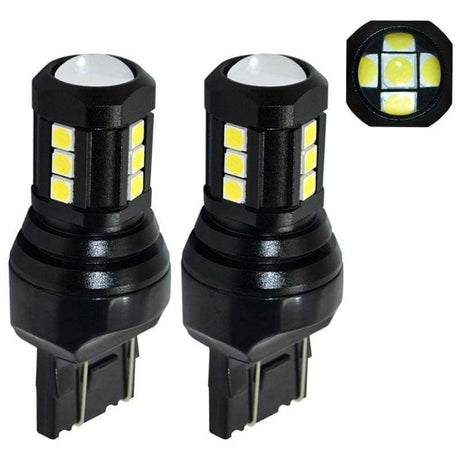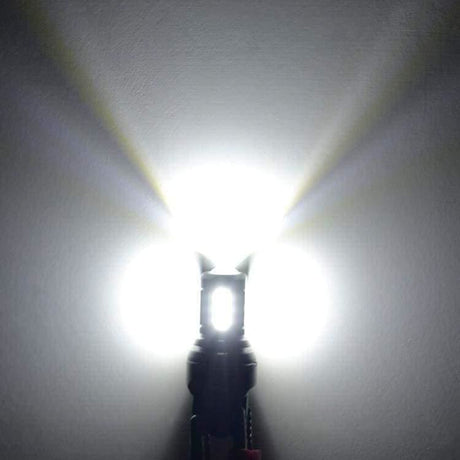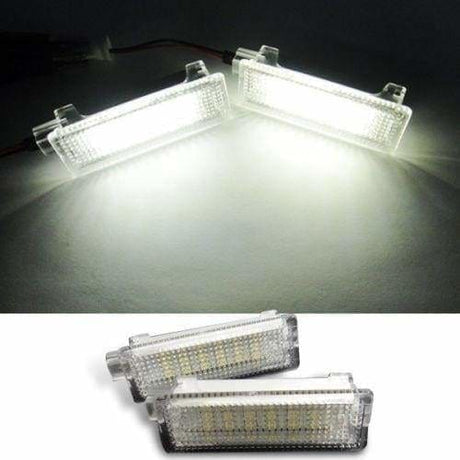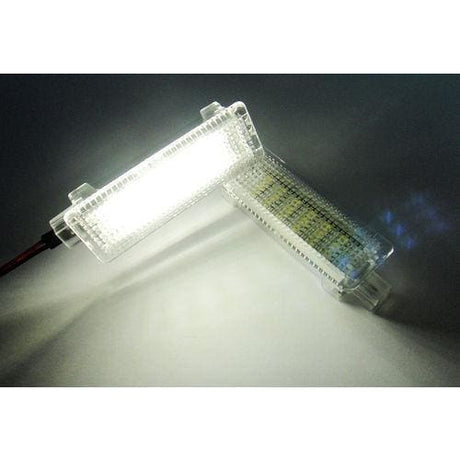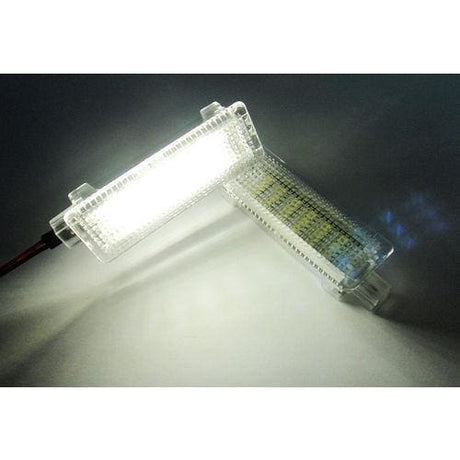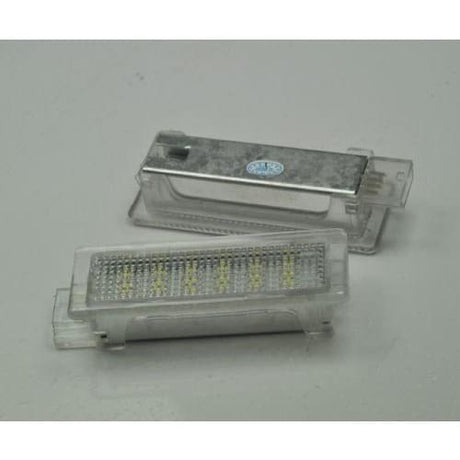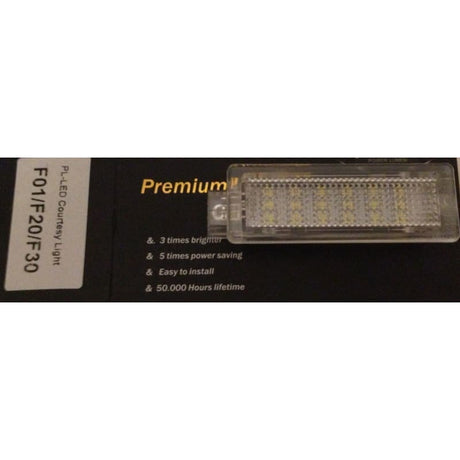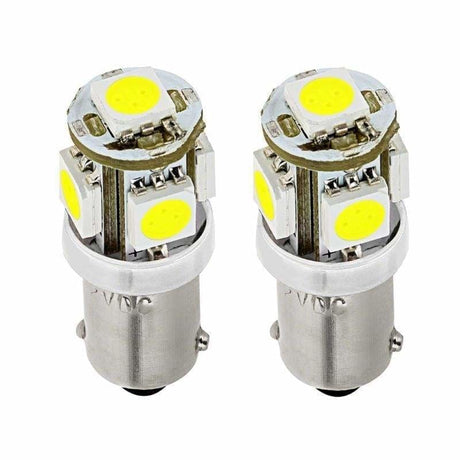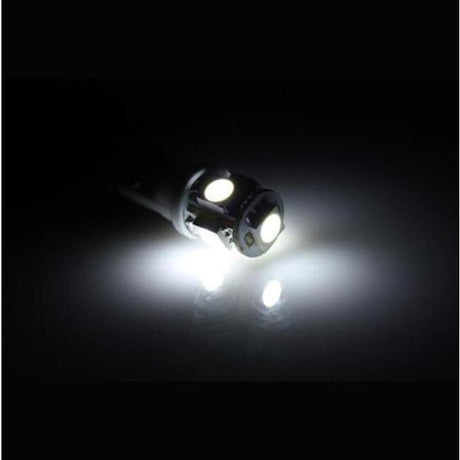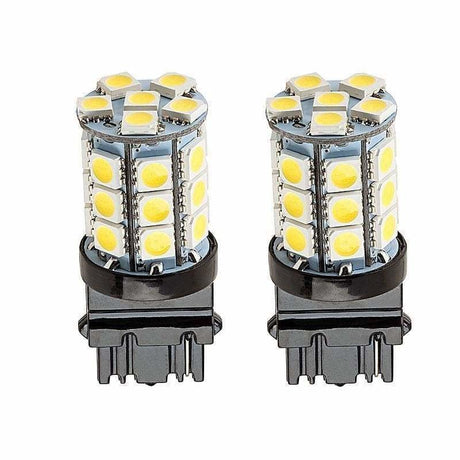Underground Lighting
16FT 5M 5050 300 SMD LED Rolls With real 3m Red Tape
Regular price From $49.99Unit price /UnavailableUnderground Lighting
7440/7443 Parking Light, DRL LED Bulbs (PAIR)
Regular price $39.99Unit price /Unavailable- Sold out
Underground Lighting
BMW Plug and Play LED Courtesy Footwell Trunk Light - No Error - F30 F20 F01 (2 Pieces)
Regular price $25.00Unit price /Unavailable - Sold out15% off
Underground Lighting
5-SMD BA9 BA9s 64113 1895 57 5-SMD Canbus Error Free LED Bulbs (2 Pieces)
Sale price $16.99 Regular price $19.99Unit price /Unavailable Underground Lighting
27 LED 5050 360-Degree Shine 3156 4156 T20 LED Bulbs (2 Pieces)
Regular price $29.99Unit price /Unavailable
Automotive LED Light Bulbs for Every Vehicle
Benefits of Car LED Lights
-
Simple Installation
-
Fast Response Time
-
Lower Power Consumption
-
Long-Lasting Performance
-
Sleek, Modern Aesthetic
-
Enhanced Visibility and Safety



